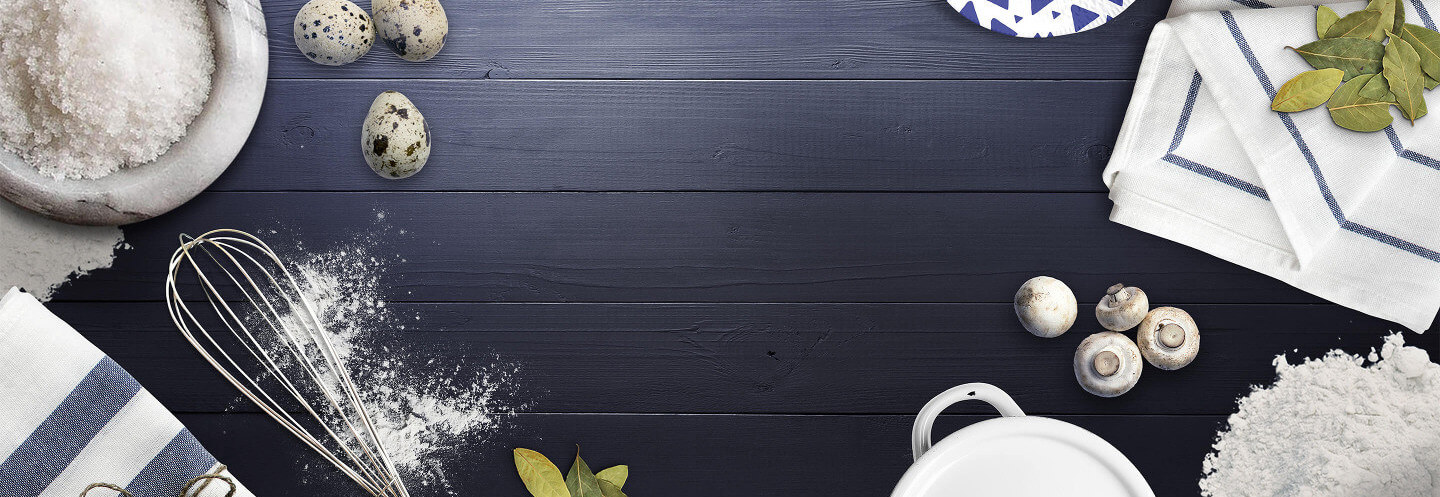https://www.copymethat.com/r/rHPzuKk7a/1food-safe-temperatures/
9676270
KqOXGxF
rHPzuKk7a
2024-04-25 03:31:52
1Food Safe Temperatures
loading...
Ingredients
- Proper internal temps have lots of factors that enter into them.
- A lean pork roast will be dry at 150, true. A fatty pork shoulder will be tough at 150, dry at 170 and moist and tender at 190.
- So first, food safety.
- Trichinosis dies at 137
- Salmonella dies at 160. As mentioned earlier, 155 if held for a particular length of time also kills salmonella but that's not a practical matter for home cooking.
- Surface bacteria on whole intact cuts of meat are killed when the meat is browned or roasted. So you only have to worry about internal badness.
- In beef, internal pathogens are rare and it is generally safe to eat many cuts of beef at rare temps, about 125. This is not always a desirable level of doneness depending on the particular cut of beef, but more on that later.
- In pork, trichinosis is the main internal baddie and that dies at 137. I cook most lean tender cuts of pork to about 140, no more than 145. They're still just a bit pink at that stage but are usually moist. You can add moisture with a brine if you have a recurring difficulty getting moist results. Again, this is not always a desirable level of doneness depending on the particular cut of pork.
- Chicken/turkey is considered dirty through and through with salmonella. So it needs to reach 160. However, dark meat will still be pinkish at that temp. Dark meat loses pinkness about 170 to 175. Still safe to eat at 160 but will make most diners uncomfortable from simple fear of pinkness. So usually some extra roasting convolutions are added to get the dark meat to finish about the same time as the breast.
- The big kicker on temps is any ground meat. You've mixed the dirty outside of the meat with the clean inside and so the whole issue of lower safe temperatures goes right out the window. You are safe at 160. The FDA recommends HIGH temps 170, 175. This is usually a disaster of a temperature for ground meat generally and yields dry unpleasant meat.
- Meatloaf uses extra ingredients to ensure a moist result. Lean ground beef makes a dry burger at food safe temps. So most serious cooks use at ground beef of 15 to 20% fat content to keep the meat moist for burgers.
- Ground meat also includes sausages so cook them well.
- With food safety out of the way, now consider the cut.
- Tough cuts of meat for braising/stewing/pot roasting have to be cooked to food safe temperatures of course. However, it's often desirable to cook them beyond food safe temperatures to break down tough tissues for tenderness. These broken down tough tissues give the meat a moist succulence and their break down makes the meat tender.
- Again, this is not a universal rule. Consider barbecue ribs cooked until they're falling off the bone. In competition, this is considered an overcooked rib though many eaters like it. Tastes vary.
Steps



